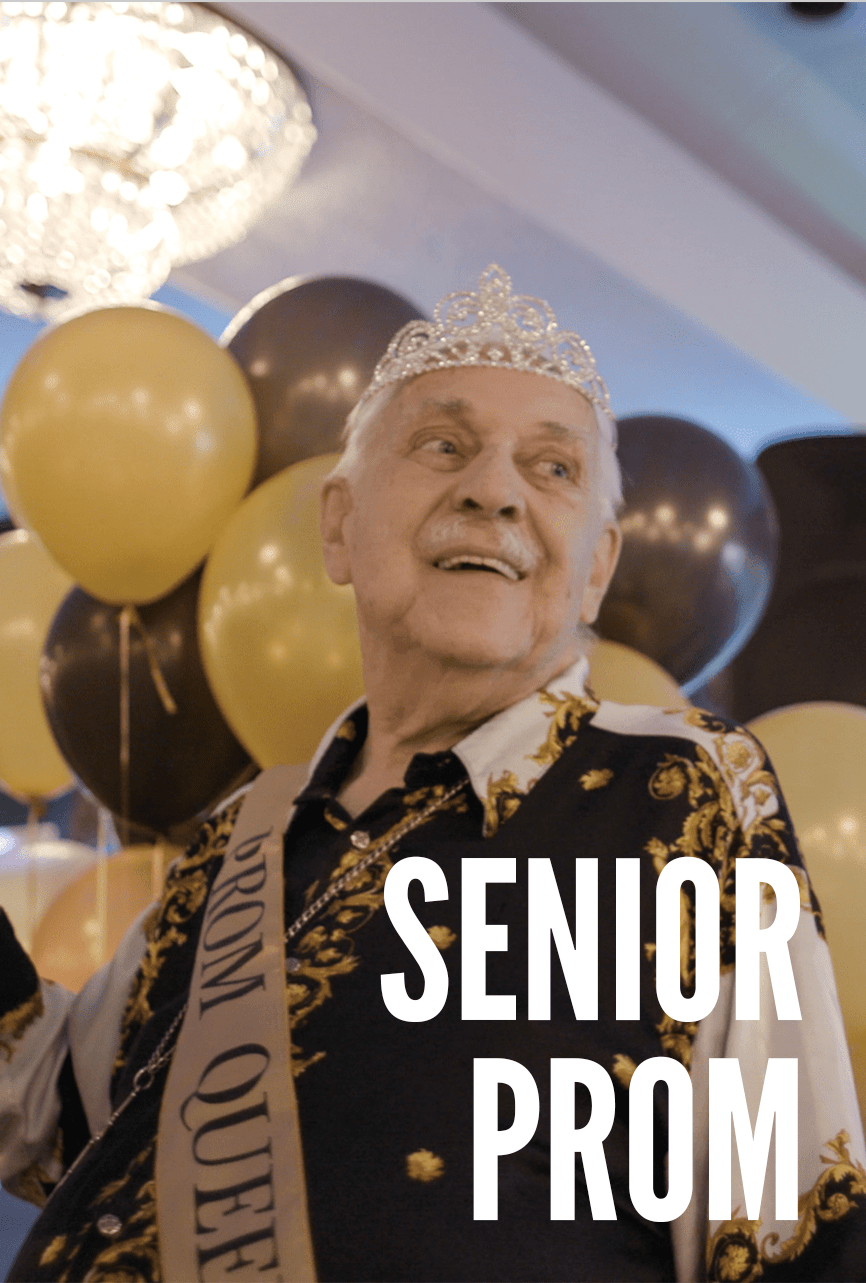The circus has existed in some form since before the birth of Caesar. This week, Independent Lens will focus on a modern day Big Top — Circo follows a small family circus in Mexico’s struggling economy. The Ponces train their children as contortionists, death-defying motorcyclists, and lion handlers, but the vagabonding kids don’t have time to learn spelling in school. “The circus is tough and beautiful,” says Tino Ponce, the family patriarch. “It’s both.”
Small circuses around the world struggle through economic hardships, controversies over animal abuse, and the difficulty of passing on their legacy to their children. Here’s a sampling of eight:
- Make that three C’s that Switzerland does well — cheeses, chocolates, and circuses. The smallest Swiss troops struggle in the face of formidable competition — more than a dozen circuses have summer tours. They also travel abroad. A New York audience in 2009 was pleased by the intimacy of a small Swiss family circus, La Famiglia Dimitri, that features a performer in a fat suit, but no elephants.
- Some circuses have worked to improve the Big Top’s reputation. Since 1974, San Francisco’s Pickle Family Circus has operated with three major rules: all workers make decisions collectively, take home equal pay, and juggle offstage jobs. Recently, a Pickle son shared his story of growing up as a circus brat through his one-man play, Humor Abuse.
- Erotic and exotic, the Jim Rose Circus has been shocking audiences since it opened in Seattle in the early 1990s. Acts include The Amazing Mister Lifto, who raises heavy objects through body piercings, including those on his nipples and genitals, and Bebe the Circus Queen, who jumps into a large plastic bag and as the air is vacuumed out. Here’s an awesomely 90s newscast about Jim Rose during its heyday.
- Two Philadelphia brothers spawned the Squidling Brothers Circus Show, a sideshow-style act so strange (and borderline exploitive) it defies description. One of their performers, the Illustrated Penguin, is so named because of his vivid tattoos and short stature. Watch him hammer a knife into his nose in the classic freakshow stunt, “the human blockhead”.
- Small circuses even sprout in war-torn Afghanistan. The Afghan Mobile Mini Children’s Circus is staffed by a dozen local artists who teach children ages 5-17 juggling, stand-up comedy, acrobatics, and singing in addition to traditional academic subjects. Their troop has traveled throughout the world.
- Barcelona family troop Circo Raluy bill themselves as the last expeditionary circus. They dazzle each continent with nostalgic acts that remind visitors of surreal Fellini classics. Unicycle stunts, clowns, juggling, and acrobatics preserve the bygone allure of turn-of-the-century performances. In fact, Luis Raluy is so enamored with the charm of circus artifacts, he has created a museum in Barcelona complete with abandoned carriages from shuttered circuses.
- A close relative to Cirque du Soliel, Big Apple Cirus features performers from Bulgaria, China, Ethiopia, Kenya, Mongolia, and Russia. Their animal troop even includes a capybara and a porcupine. Offstage, Big Apple travels with their stunts to children’s hospitals and nursing homes. Last year, PBS aired a six-part series about the Big Apple Circus, called — what else? — Circus:
- For the past eight years, Circus Amok has turned the circus on its head. The New York-based company fuses drag traditions from Charles Ludlam’s Theater of the Ridiculous, full-body masks, sideshow verbal stylings, and postmodern dance to spread to word of social justice through performance art. Oh yeah, they also juggle and tight-rope walk.



























